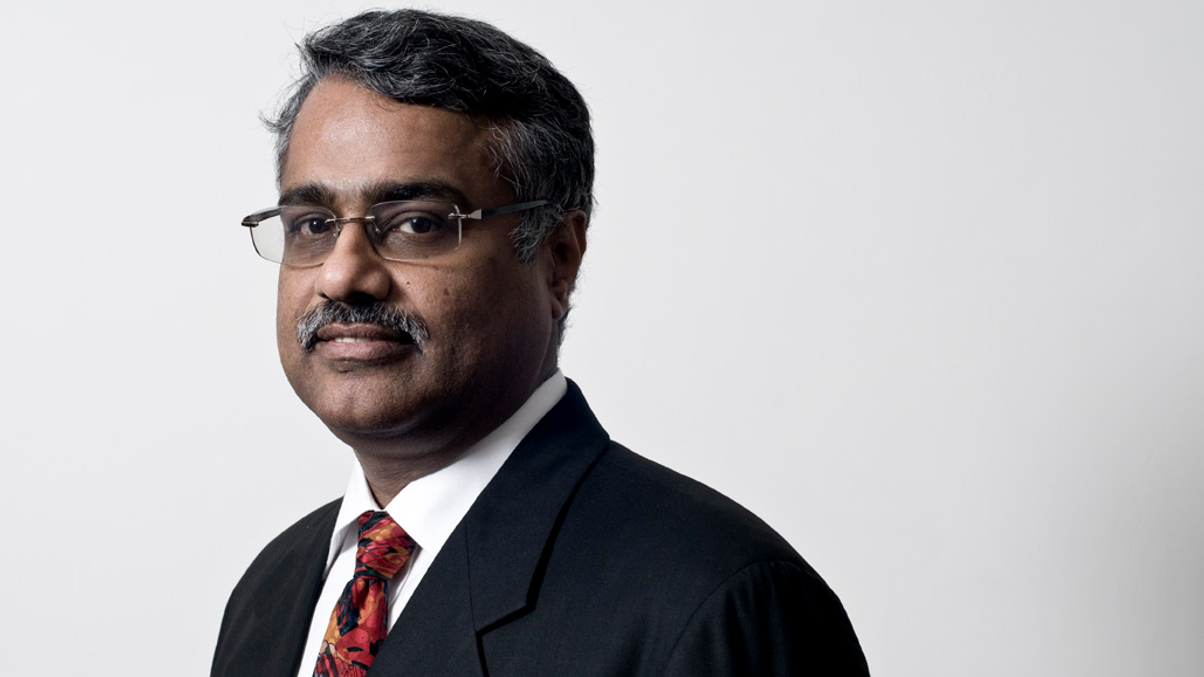How India is feasting on Chinese PE leftovers
Finding investor capital is hard for Indian private equity. It's time for international investors to stop perceiving the country as so risky, reckons Subbu Subramaniam of MCap.

International investors should evaluate the real risk of investing in India objectively, reckons Subbu Subramaniam, founder of MCap Fund Managers, which manages an India focused growth capital fund.
Sign In to Your Account
Access Exclusive AsianInvestor Content!
Please sign in to your subscription to unlock full access to our premium AI resources.
Free Registration & 7-Day Trial
Register now to enjoy a 7-day free trial—no registration fees required. Click the link to get started.
Note: This free trial is a one-time offer.
¬ Haymarket Media Limited. All rights reserved.


